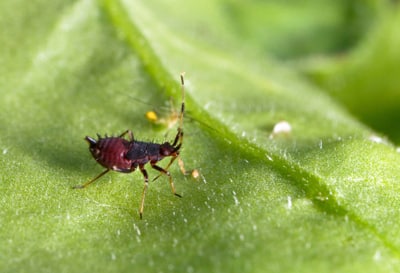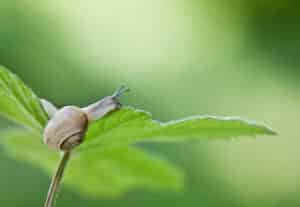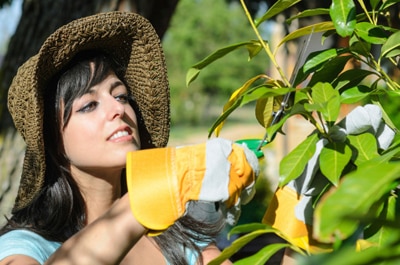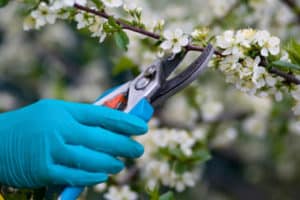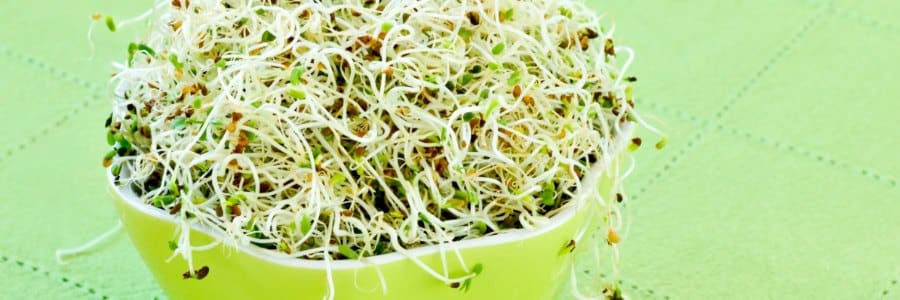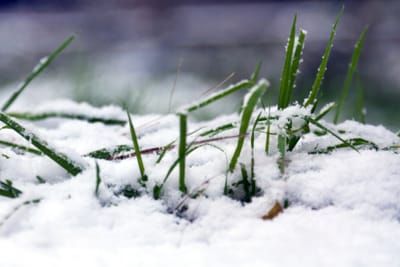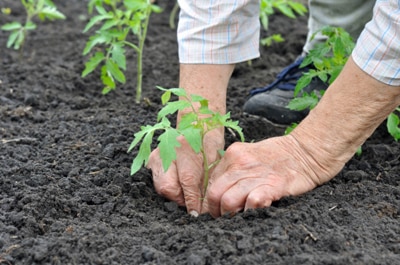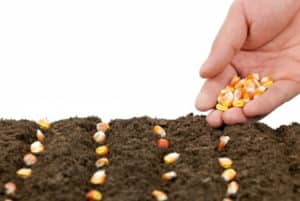Guide to Open-Ended Toys
What Are Open-Ended Toys?
Open-ended toys allow children to direct the play as they choose. Such toys don’t feature a set way in which they should be used. For instance, they generally don’t feature a cause and effect, such as toys that talk when you press a button. Open-ended toys allow for interpretation and experimentation.
Benefits of Open-Ended Toys
Creative toys that allow children to experiment and try their own ideas out for activities foster positive behaviors such as exploration and ingenuity. Open-ended toys encourage imaginative play, which teaches children to think for themselves and to become resourceful. The more thinking a toy requires, the better the toy is for the child. Open-ended toys tend to also cause a child to develop various skills, including fine-motor and thinking skills and language development.
Open-Ended Toy Suggestions
Generally, simpler toys offer open-ended play opportunities. Toys that have stood the test of time are often open-ended toys. These include:
- Building blocks. The classic building block offers hours of open-ended play opportunities. Blocks that come in different shapes and sizes will keep kids occupied and developing many skills, including visual-spatial skills and problem solving. Get children wooden, plastic or even foam blocks.
- Sandbox. The sandbox offers children the space to create and let their imaginations soar. A wide variety of sandbox options exist, including ones that provide shelter from the sun. Sandbox ideas for little tykes include encouraging them to make a castle or a giant super highway with cars and trucks.
- Arts and crafts. Give a little one an art set, and the sky is the limit as to what can be created. With paper, paints and glitter, a child can make masterpieces that are totally unique each and every time. Ideal art supplies include finger paints, nontoxic sculpting clay and washable markers.











